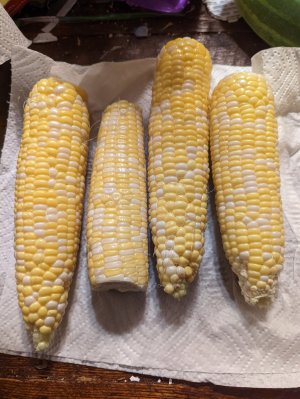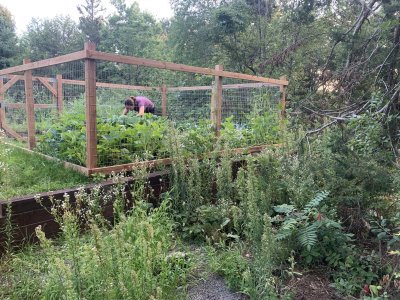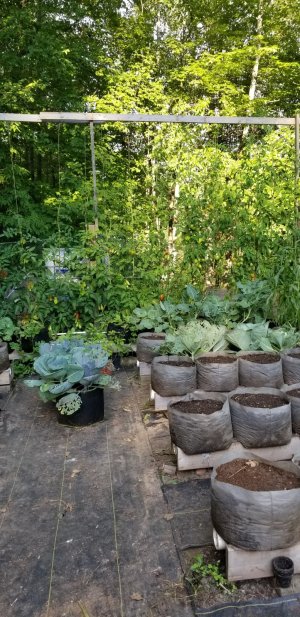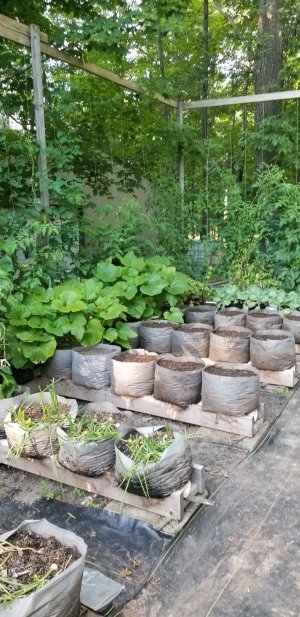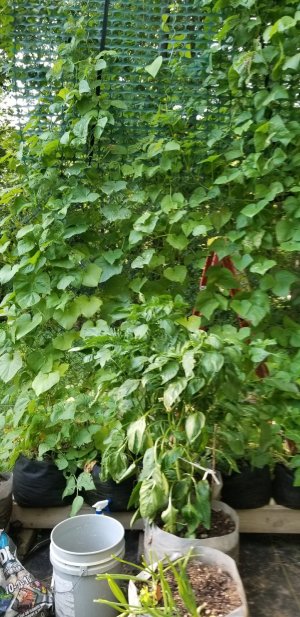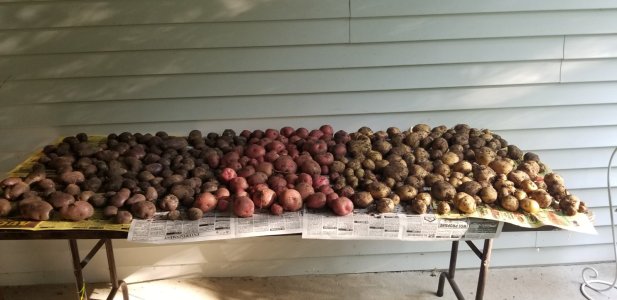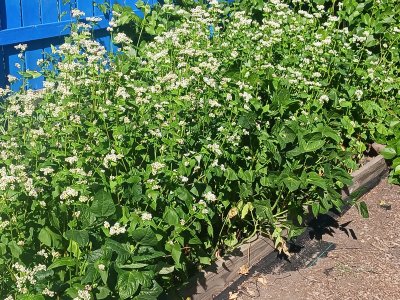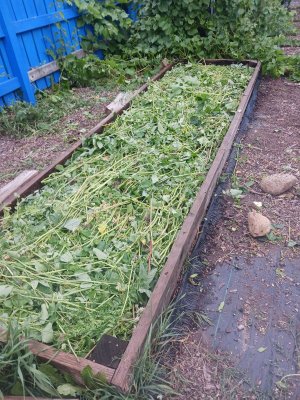Wind Gypsy
5 year old buck +
The soil health rabbit hole for food plots got me thinking about our garden at home. Kind of sad i have been thinking more about the soil to feed my deer than the soil that feeds our family.. We live on a pretty steep hill without a flat spot for a garden so I built a bed by making a 3 sides of retaining wall out of RR ties and filling it with black dirt last summer. Don't know anything about the dirt other than it's what the local nursery delivered when i asked for a load of black dirt last summer.
We'll be harvesting stuff for probably another 5+ weeks out of it but I was curious what anyone else would do as far as planting a cover crop to be terminated (no herbicide) next May before planting for '23. Seems like we'd have to till it in if not using herbicide and my wife (the one who does the gardening) is worried that any cover crops would become additional weeds. So i'm curious about any other thoughts. Worth the time or should we just skip it and continue on with compost and using the organic matter from plants already in the garden?
We have chickens too so we could find a way to incorporate chicken litter into the mix.
We'll be harvesting stuff for probably another 5+ weeks out of it but I was curious what anyone else would do as far as planting a cover crop to be terminated (no herbicide) next May before planting for '23. Seems like we'd have to till it in if not using herbicide and my wife (the one who does the gardening) is worried that any cover crops would become additional weeds. So i'm curious about any other thoughts. Worth the time or should we just skip it and continue on with compost and using the organic matter from plants already in the garden?
We have chickens too so we could find a way to incorporate chicken litter into the mix.

